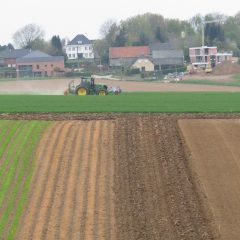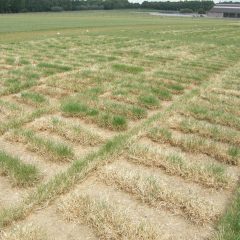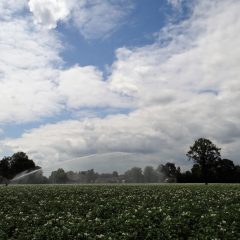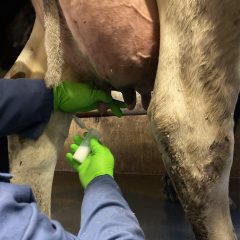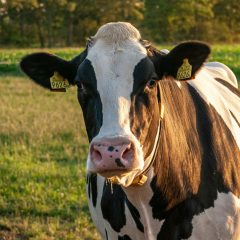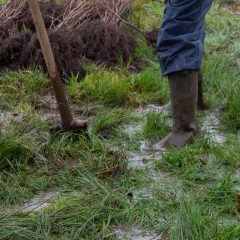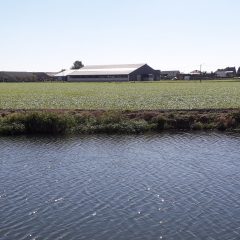Research project PROBING ANTIBIOTIC RESIDUES AND RESISTANCE TRANSFER IN AQUATIC ENVIRONMENTS
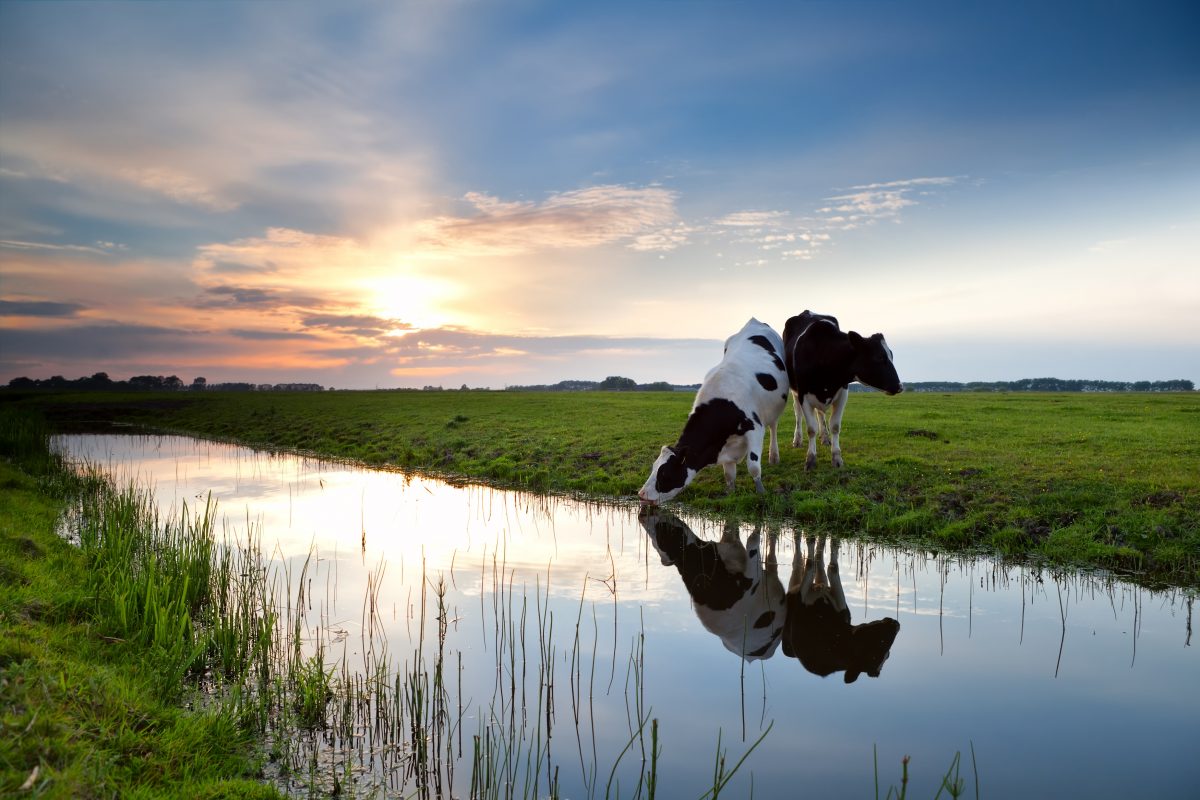
General introduction
Which antibiotic resistant bacteria, antibiotic resistance genes and antibiotic residues can be found in ground water, surface water, waste water, marine water such as the North Sea inclusive of harbors, and in aquaculture? The question arises due to the general lack of scientific knowledge on the influence of circulating resistance plasmids and antibiotic residues in the European aquatic environment on the spreading of antibiotic resistance. The central hypothesis is that the local water microbiota, antibiotic residues and the recipient species have an effect on the type of transferable resistance plasmids. The international PARRTAE project will increase knowledge about the most important resistance plasmids, their hosts and their inherent characteristics. Ultimate goal is to better prevent the spread of antibiotic resistance via water.
Research approach
Samples are collected from sites with a high and a low load of antibiotic residues, including ground and surface water in an agricultural region in Flanders, the estuary of the Yser and the Belgian coast and its harbors. Antibiotic residues in water samples from the different European partners (Sweden, Norway, Gran Canaria, Belgium) are quantified with LC-MS/MS. Transfer of resistance plasmids will be determined with the use of indicator bacteria such as E. coli, Vibrio spp. and Shewanella algae as recipients. In experimental lab systems, the project consortium will map the effect of acquired plasmids on the physiology of bacterial model species. In particular, we will look at the influence on fitness and virulence of bacteria via host interactions in an Artemia model.
Relevance/Valorization
This project joins different disciplines (health, aquaculture, fresh and marine water) to detect emerging resistance plasmids and their corresponding bacterial hosts in European waters of diverse origins. We expect to scientifically elucidate the impact of circulating resistance plasmids and of antibiotic residues in the aquatic environment on the spread of the antibiotic resistance problem. The consortium will interact with relevant agencies and authorities in each of the partner countries; for Flanders this will be the Flanders Environment Agency (VMM). The project will generate policy advice as well as scientific publications and communicaties and a PhD at ILVO.
Financing
Belspo - Belgian Science Polycy

